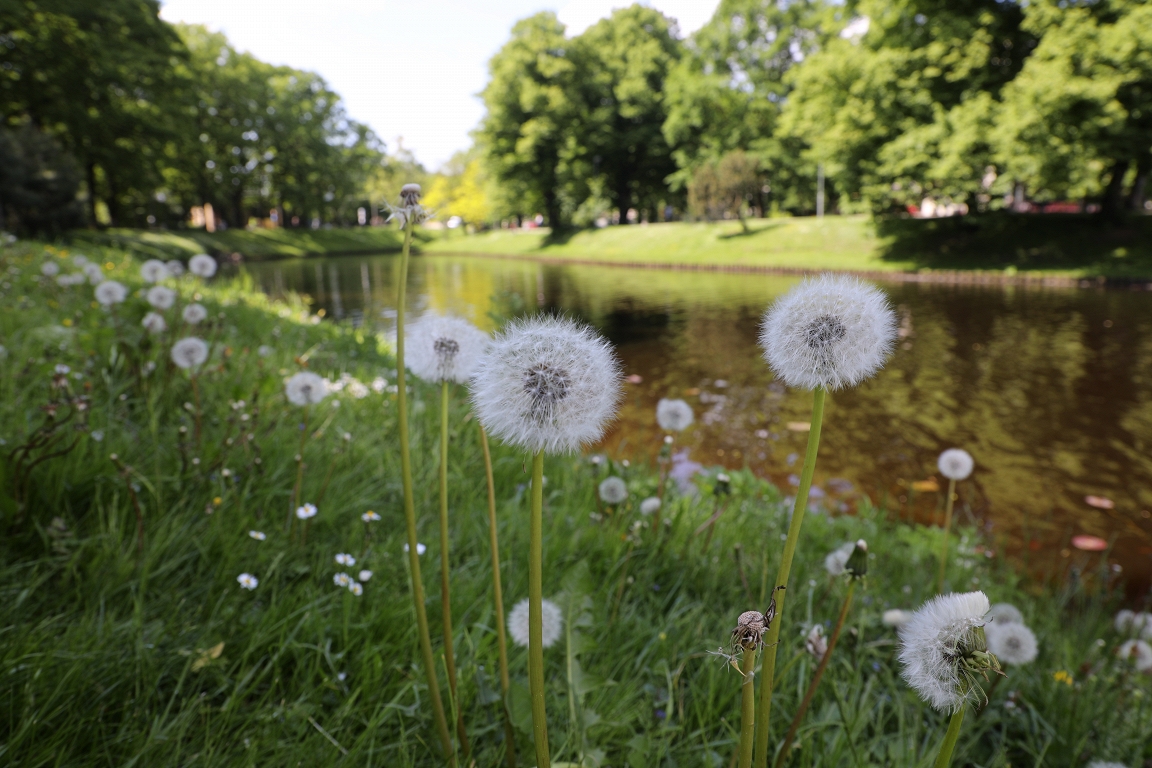The next 10 weeks should not stay on Lake Ummja / Day

Ummja Lake is a unique Lobelian-Ezerene Lake all over Latvia and the Baltic. It is one of the few remaining clear water in Latvia, or oligotrophic lakes, which is the only species of lobelian family in Latvia – Dortman Lobelia, which is a particularly pure lakes indicator.
Dortman’s lobelia is predominantly found in the shallow water of the lake, which can result in their stands being exposed, but the greatest threat to this fragile plant is the pollution of the lake water with organic pollution, which is predominantly in water bodies.
Ummis and its neighborhood territory have been a closed area for the public for a long time. The absence of people’s presence and hence the absence of contamination has contributed to the preservation of water clarity and rare aquatic plants. Over the past 100 years, Dortman Lobelia has disappeared due to overgrowth and water pollution of lakes.
Taking into account the qualitative water characteristics, Ummja Lake is especially popular with residents of the neighborhood and holidaymakers from Riga. Unfortunately, with people’s desire to quench in clear water, irreversible damage is caused by the habitat and also specially protected plants. Bathing artificially promotes water enrichment with nutrients, resulting in a deterioration of water quality – the lake overgrows and no longer contains specially protected plants.
Recalling the ban period, informative signs are located at Lake Ummja, but by monitoring compliance with regulatory enactments in specially protected nature areas, the lakes will be regularly inspected by the State Environmental Inspectors of the Board and the Adazi Municipal Police.
Ummja Lake is located in the Nature Park “Seaside”, founded in 1962. The aim of this great place is to preserve the coastal habitat complex, especially forested dunes, gray dunes, seaside meadows and lakes with oligotrophs to mesotrophic plant companies, as well as providing protection for different species. The area has a high scenic value, mainly determined by the terrain of the dunes, the untreated forest cover with the presence of particularly old pine pine and the relatively little transformed coast.








